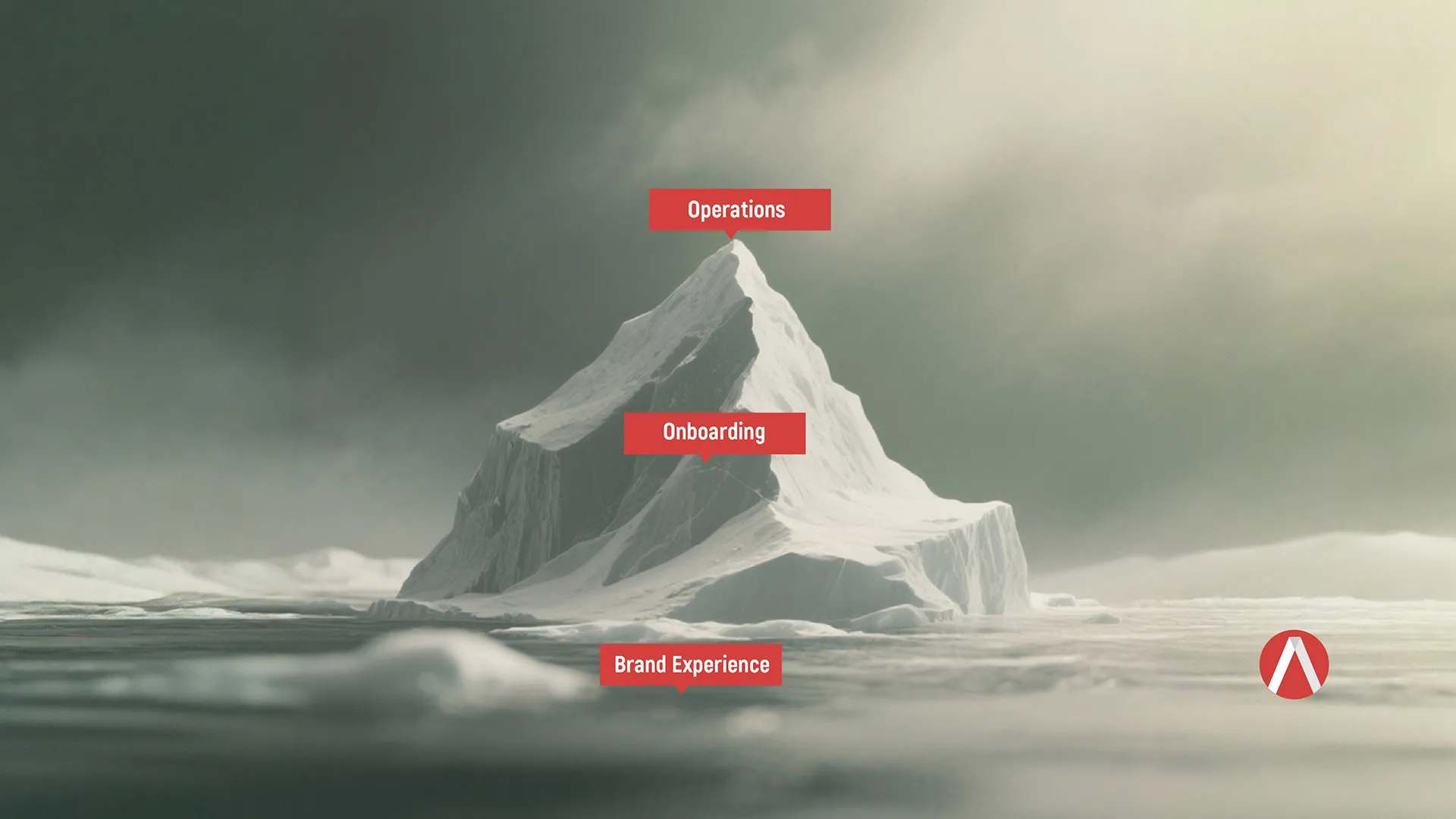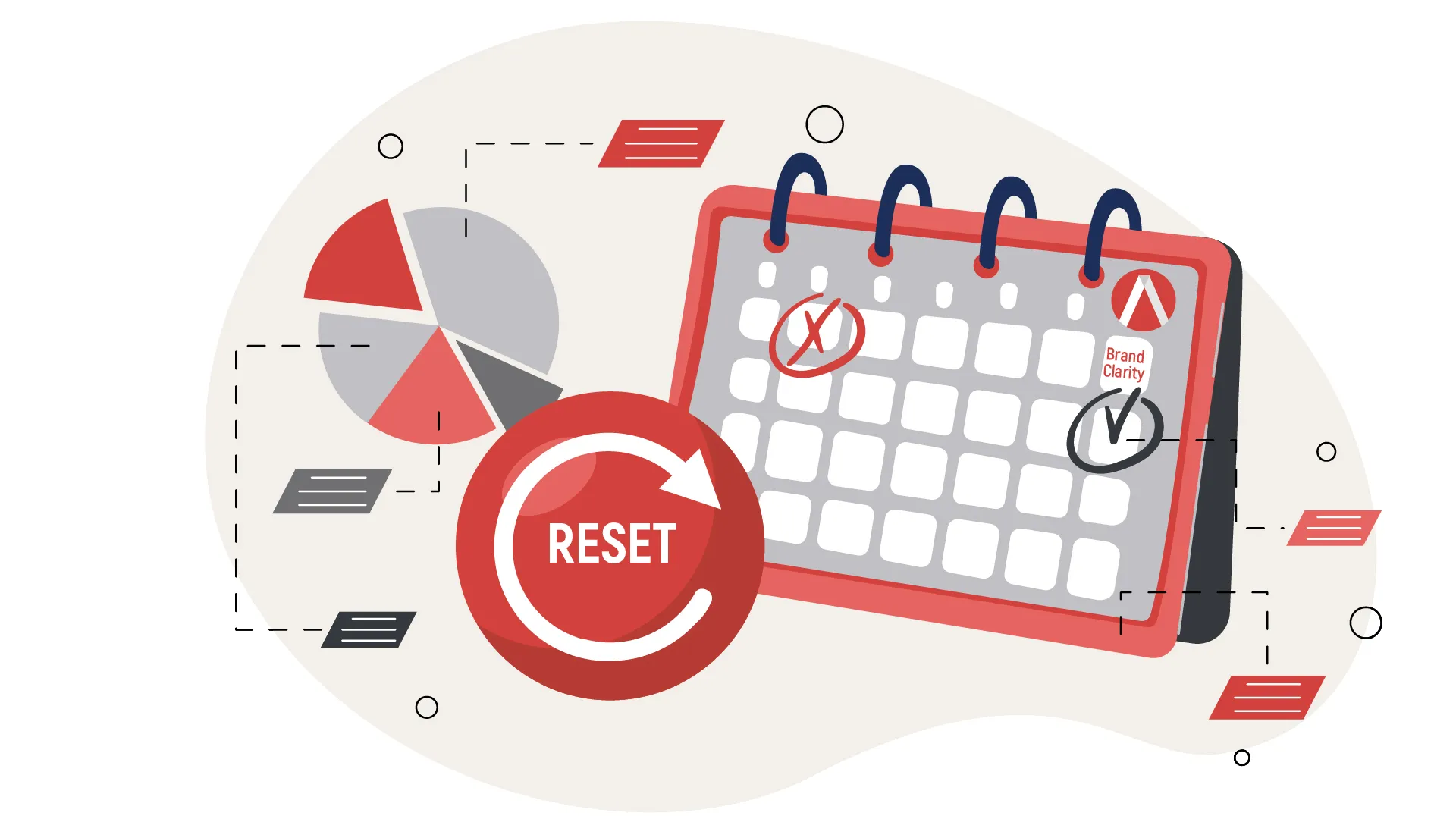Crisis Management Public Relations is something all companies hope they never have to deal with—a completely reasonable dream. However, it’s crucial for any company, especially those who work within a high-risk market, to entertain the possibility of the worst happening. This is mainly due to the fact that if the worst does happen, you and your team will not be in the correct state of mind to come up with a plan that covers all the essentials of an ideal CMP (Crisis Management Plan).
A well-crafted Crisis Management Plan has four main objectives:
1. Reducing the stress, anxiety and tension during the incident.
2. Demonstrating corporate alignment, responsibility and commitment.
3. Controlling the circulation and accuracy of information.
4. Managing the Crisis Management Team effectively.
An excellent example of PR crisis management, now considered textbook, is the Johnson &Johnson’s cyanide-laced Tylenol capsules incident of 1982. Seven people died as a result of taking extra strength Tylenol capsules that had been mixed with the deadly poison potassium cyanide, to which Johnson & Johnson responded in a quick, unified manner that put their customers before their profits.
By spreading the news that their product was potentially lethal, the Johnson & Johnson managed to reduce incident as well as the tension of what was causing these mysterious deaths in Chicago by simply providing the public with the facts.
The company also demonstrated their commitment as a whole by pulling 31 million Tylenol bottles from retail shelves, cooperating with law enforcement, offering a $100,000 reward for the killer, as well as their expertise by rereleasing Tylenol after the incident with a triple tamper resistant packaging, providing a preventative solution to tampering.
Making sure to have a singular message/response, Johnson & Johnson used CEO Jim Burke as their mouthpiece by having him appear on 60 Minutes and The Donahue Show, as well as speaking at national press conferences regarding the incident. This ensured that the company presented a unified front, with a single set of facts, and the overarching goal of protecting their customers.
Previous to this, Johnson & Johnson was not a company that sought press coverage. However, to make sure people realized the danger of using their product as quickly as possible, Johnson & Johnson used the media to send out a national alert, set up a 1-800 hotline to address consumer concerns over the safety of using Tylenol, as well as established a toll-free line for the media to call and listen to pre-recorded, daily updated statements about the crisis from the company.
In the end, thanks to the company’s quick action and focus on customer safety, Johnson & Johnson is viewed by the public as the victim of a malicious crime, and is the base case study for many company’s crisis communication plans today.
It is essential that you and your team of professionals be the calmest of the crowd who comes to your doors to figure out what exactly happened, why did it happen, and what are you as a company going to do to fix it. Have you made a list of possible risk factors to your company lately? If one of these risks were to occur, do you have a prepared press release or statement outline? Do you have a Crisis Management Team in place for a bad or ugly incident? In the court of public opinion, remaining favorable is essential to your business’ future success.







